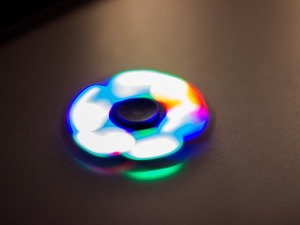 Would modern life even be possible without Wi-Fi? There are many who don’t think so, and you may be one of them. One of the biggest problems with it, though, is that the range of the signal is quite limited. Get more than a couple hundred feet away from the source of the signal, and your connection fades fast. Even worse, simple obstacles like walls can cut you off from your much-needed signal entirely.
Would modern life even be possible without Wi-Fi? There are many who don’t think so, and you may be one of them. One of the biggest problems with it, though, is that the range of the signal is quite limited. Get more than a couple hundred feet away from the source of the signal, and your connection fades fast. Even worse, simple obstacles like walls can cut you off from your much-needed signal entirely.
That could be changing soon, though, thanks to LiFi, or Light Fidelity, which is an emerging wireless protocol that utilizes the visible light spectrum to provide wireless network access. A LiFi transmitter uses simple LED lights to modulate the intensity of the light, which is then read as data by a receiver that’s photosensitive.
The beauty of LED lights is that they already use a computer chip to control their output, and since that’s true, they can modulate millions of times per second, which, at least in theory, would allow them to transmit data up to a hundred times faster than the current best Wi-Fi speeds.
Is this the magic bullet? Is this the new technology that’s going to replace Wi-Fi?
Probably not, at least according to Will Stofega, who is the program manager for mobile device technology at IDC.
For one thing, LiFi was designed as a means of complementing the Wi-Fi we have a love-hate relationship with, not as a wholesale replacement for it. For another, again according to Stofega, “Getting any standard approved is tough. There is always an ecosystem and political interests to play out. I think overall it needs a lot of work, but it’s the most promising of the alternative connection technologies.”
Although LiFi sounds like a dream come true, it’ll probably be a while before LEDs become our new wireless masters.








